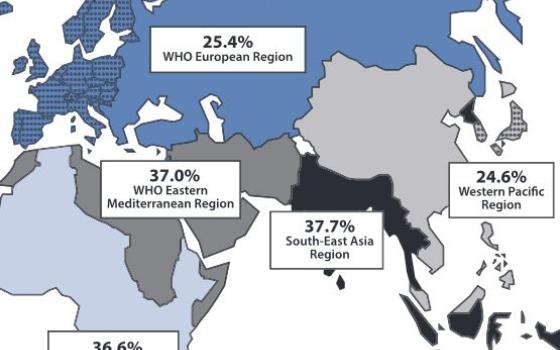Saturday marks the third annual International Day of the Girl Child, and this year’s theme is “Empowering Adolescent Girls: Ending the Cycle of Violence.” According to the World Health Organization, 35 percent of women worldwide have been the victim of gender-based violence.
The factors that put a girl at risk for violence vary by culture and country, but common factors include lower levels of education, cultural beliefs in family honor and sexual purity, and weak legal ramifications for sexual violence.
In honor of this year’s International Day of the Girl Child, here are three stats and a map that add some perspective to the issue of gender-based violence:
- South Africa has the world’s highest rate of violence against women. Every year, about 200,000 South African women report being attacked, while an unknown number of attacks go unreported.
- According to a 2011 report from the Population Council, violence against young girls is on the rise. In some countries, in half of reported sexual assaults, the victim was a girl younger than 15.
- The same Population Council report names child marriage as one of the most “grievous” forms of violence. However, according to the Council on Foreign Relations, educating girls is an effective way to curb child marriage. In developing countries, 63 percent of women with no education were married before the age of 18. In those same countries, only 20 percent of women with a secondary education were married before they turned 18.
This map from a World Health Organization report (page 18) shows the regional prevalence of intimate-partner violence around the world.

